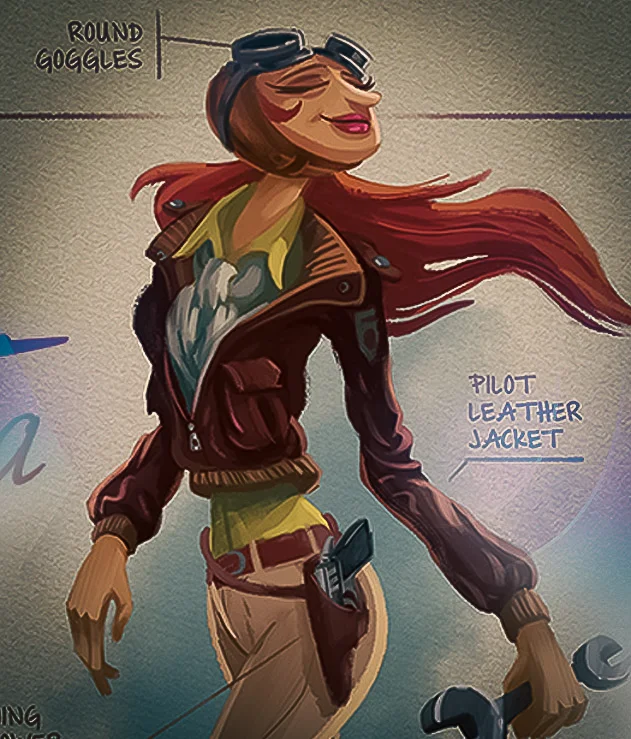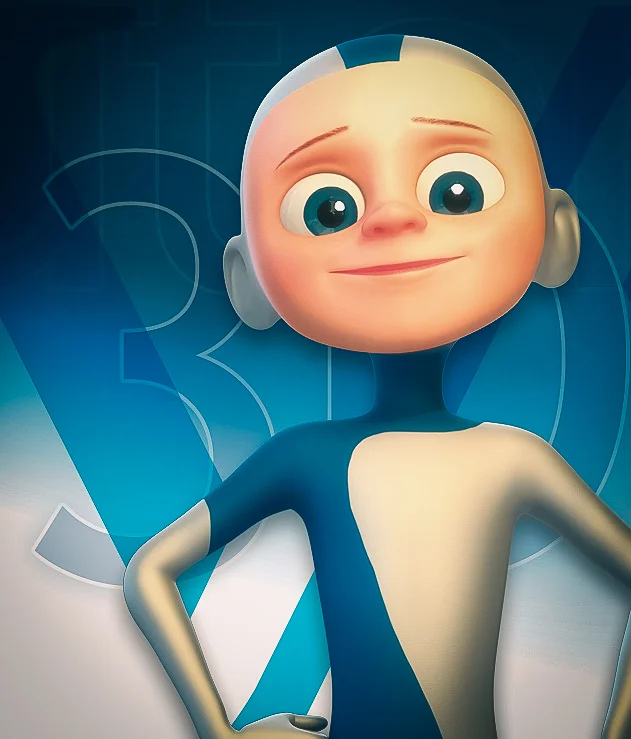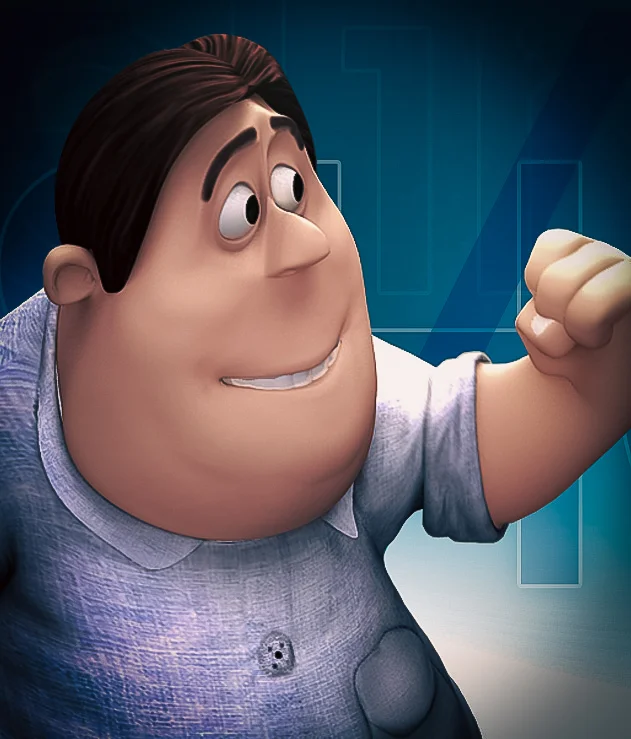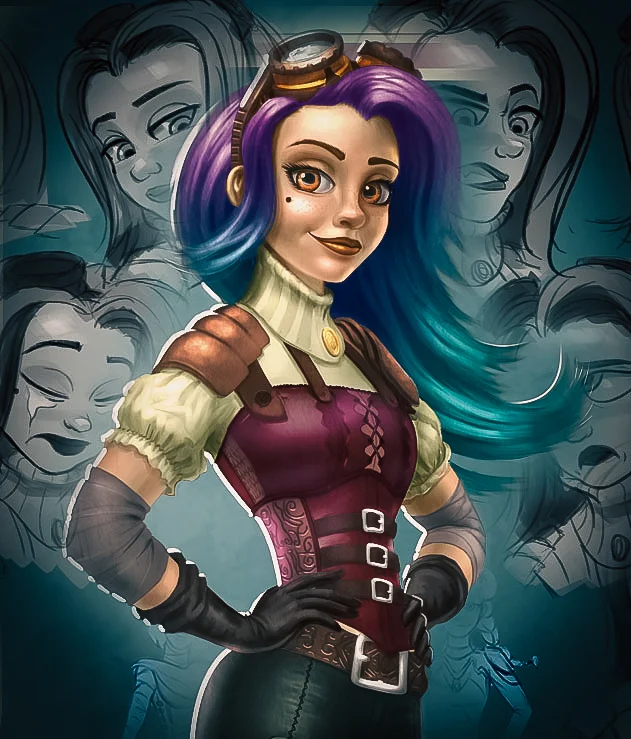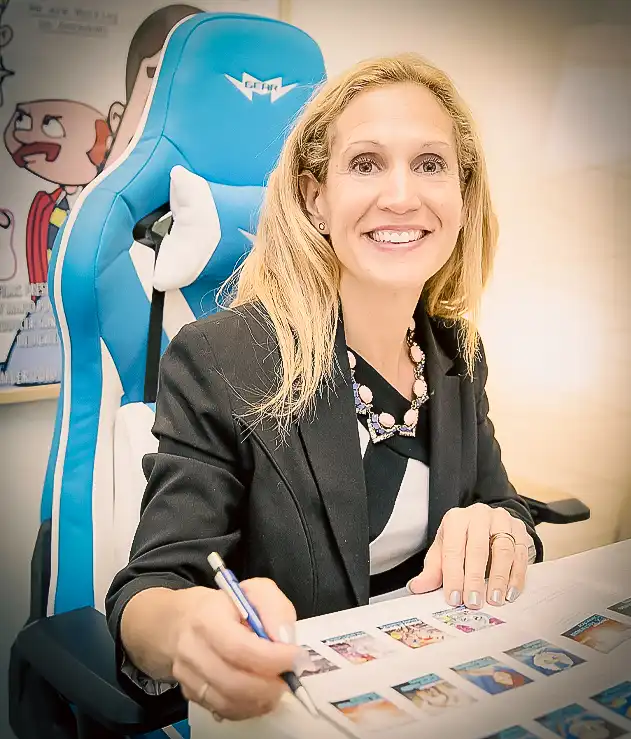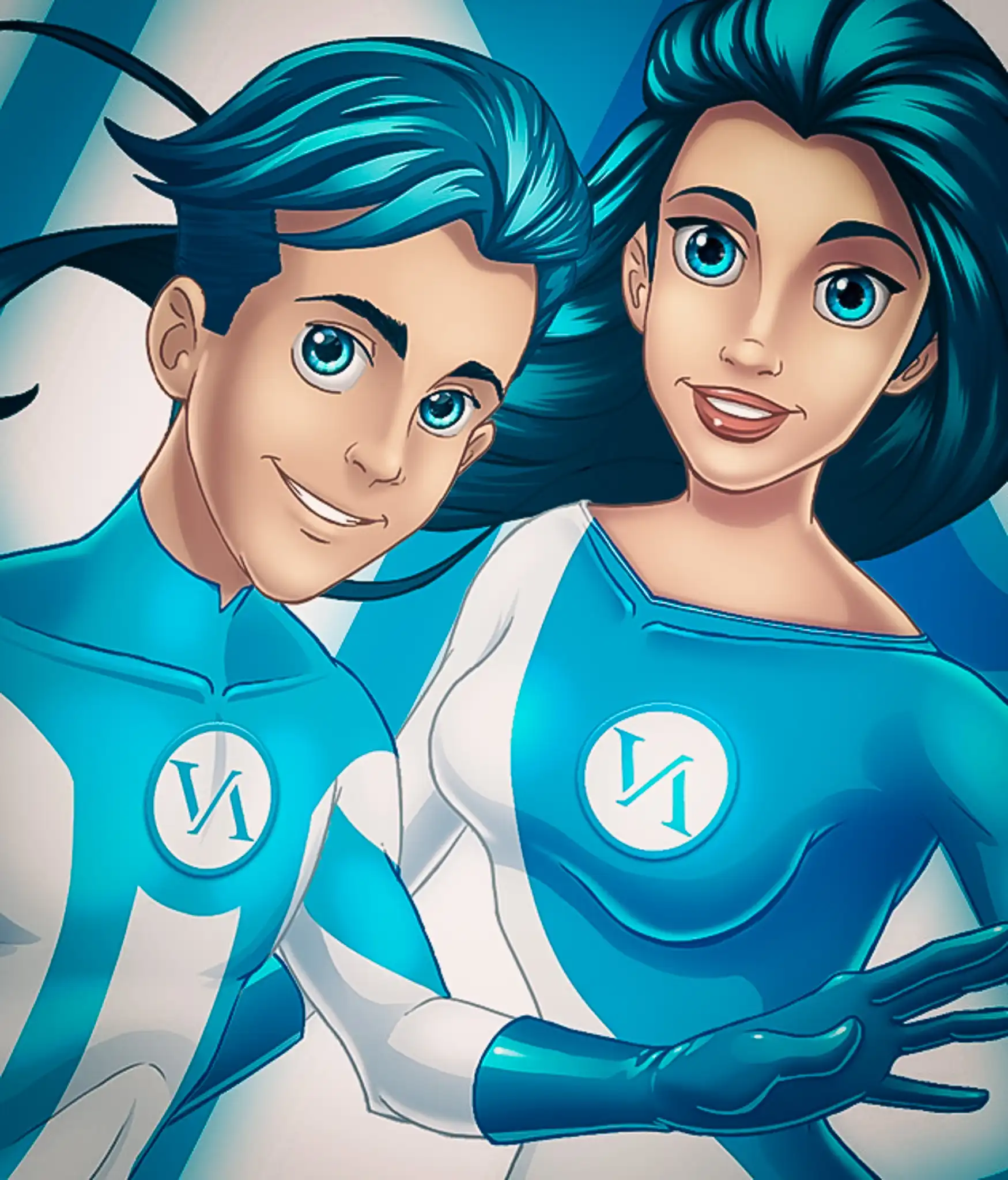 Image: (Wikipedia)
Image: (Wikipedia)
Author: VANAS Team
Mission Impossible’s Latest Movie Is Breaking Records
Table of Contents
- Why Mission: Impossible’s Latest Movie Is Breaking Records
- The Role of Visual Effects and Animation in Action Films
- Behind the Scenes: How Stunning Computer Graphics Are Made
- Why Animation Isn’t Just for Cartoons Anymore
- What This Means for Future Animators
- Learning Animation to Join the Action
- The Tools Professionals Use in Big-Budget Films
- Frequently Asked Questions
Why Mission: Impossible’s Latest Movie Is Breaking Records
The newest Mission: Impossible film just hit theaters and has already made a massive impact. It scored a series-best $77 million during its opening weekend, blowing past expectations.
That’s not just because of the star power of Tom Cruise or the fast-paced storytelling—it’s largely due to the unbelievable computer graphics and visual effects that leave audiences in awe.
But what really makes this movie so special? It’s the level of Animation and visual storytelling used in nearly every scene. Whether it’s a motorcycle flying off a cliff or an entire city collapsing around the characters, animation is helping create jaw-dropping moments that fans can’t stop talking about.
The Role of Visual Effects and Animation in Action Films
Visual effects, or VFX, are everywhere in modern movies. When combined with Animation, they turn creative ideas into explosive, high-energy scenes.
In action films like Mission: Impossible, here’s what Animation and VFX help achieve:
- Show stunts that are too dangerous for real life
- Create entire environments that don’t exist
- Enhance details like fire, smoke, and destruction
- Mix live actors with animated backgrounds
It takes teams of animators and artists months—or even years—to build these scenes. And when it all comes together, audiences are left speechless.
Behind the Scenes: How Stunning Computer Graphics Are Made
Creating a high-quality scene for a movie like Mission: Impossible involves multiple stages—and Animation plays a central role at every step.
Here’s a basic breakdown of the process:
- Concept Art – Artists sketch out what the scene should look like.
- Storyboarding – The scene is planned shot-by-shot, like a comic strip.
- 3D Modeling – Animators build digital versions of characters, vehicles, or buildings.
- Rigging and Motion Capture – Characters are animated to move like real humans or creatures.
- Texturing and Lighting – Surfaces are made to look realistic with colors and shadows.
- Rendering – Computers calculate each frame of the scene, sometimes taking hours per frame.
All these stages rely on Animation software and artists who know how to bring stories to life.
Why Animation Isn’t Just for Cartoons Anymore
Many people still think of Animation as something made only for kids’ movies like Toy Story or Frozen. But today, Animation is everywhere, especially in live-action films.
In fact, some of the most intense and realistic scenes in Mission: Impossible were completely animated.
Here’s where you’ll see animation outside of cartoons:
- Sci-fi movies like Avengers and Star Wars
- Drama films where cities or battles are re-created
- Commercials with talking animals or morphing logos
- Music videos with futuristic effects
What This Means for Future Animators
The demand for animation has never been higher. With more films using animated effects, there’s a growing need for new talent in the field. And that’s good news for anyone who loves art, storytelling, and technology.
Studios are always looking for young people who:
- Think creatively
- Enjoy digital art and design
- Love movies, games, and characters
- Want to tell stories through movement
Even high school students can begin exploring animation by learning software like Blender, Maya, or Unreal Engine.
Learning Animation to Join the Action
If you’ve ever dreamed of working on a blockbuster movie like Mission: Impossible, you don’t have to wait until college. You can start learning animation right now.
Animation is a skill—just like playing an instrument or learning a sport. And the earlier you start, the better you’ll get. By the time you graduate, you could already have a portfolio that impresses major studios.
At VANAS, students can:
- Learn from industry pros who’ve worked on real movies
- Join projects and get real experience
- Study from anywhere with online classes
- Get mentorship and feedback on their work
The Tools Professionals Use in Big-Budget Films
When working on Hollywood movies, animators use cutting-edge technology to make everything look as real as possible.
Here are some of the tools commonly used in the industry:
- Autodesk Maya – A go-to software for 3D animation
- ZBrush – Perfect for sculpting characters and environments
- After Effects – Used for compositing and motion graphics
- Houdini – Known for creating fire, smoke, and explosions
- Unreal Engine – Becoming popular for real-time animations in films
Learning these tools can help you build a powerful portfolio and stand out to studios.
Frequently Asked Questions
What makes Mission: Impossible such a big success at the box office? A mix of amazing storytelling, strong acting, and jaw-dropping Animation and visual effects.
Do action movies always use Animation? Yes, almost all action films use some level of Animation, whether it’s for stunts, environments, or small details.
Is Animation a good career to pursue? Absolutely. With streaming platforms, games, and movies in high demand, animators are needed more than ever.
Can high school students start learning Animation now? Yes! Many free and paid courses are available online, and schools like VANAS are designed for students at all levels.
How long does it take to animate a movie scene? It depends on complexity. A few seconds of high-quality Animation can take weeks or even months to create.
Do real people animate everything in a movie like Mission: Impossible? Yes. Behind every effect is a team of artists, animators, and designers working hard to make it believable.
Can Animation be used outside of movies? Yes. It’s used in video games, advertising, education, medicine, and even architecture.
Where can I study Animation online? VANAS Online Animation School offers Animation, Visual Effects, and Video Game programs. To launch your career, visit https://www.vanas.ca

